Wavy Wing Airfoil CFD Simulation – ANSYS Fluent Tutorial
Wavy Wing Airfoil CFD Simulation – ANSYS Fluent Tutorial
- Upon ordering this product, you will be provided with a geometry file, a mesh file, and an in-depth Training Video that offers a step-by-step training on the simulation process.
- For any more inquiries regarding the product, please do not hesitate to reach out to us at info@CFDLAND.com or through our online support assistant.
€170.00 Original price was: €170.00.€145.00Current price is: €145.00.
Wavy airfoils are an exciting innovation in aerodynamic design inspired by the unique features found on humpback whale flippers! Unlike traditional smooth airfoils, these biomimetic designs incorporate sinusoidal patterns along the leading edge that create fascinating changes in airflow behavior. In our simulation, we tested a wavy wing at a high angle of attack (15° AOA) where conventional airfoils typically experience flow separation and stall conditions. The wavy pattern creates a series of counter-rotating vortices that energize the boundary layer and delay separation, potentially increasing the maximum lift coefficient while reducing drag penalties at these challenging flight regimes. This study focuses on comparing the pressure distribution, flow structures, and overall aerodynamic performance between this novel wavy design and traditional airfoils to better understand how these surface modifications might improve wind turbine efficiency or enhance aircraft maneuverability at high angles of attack!
Figure 1: Geometry model of wavy wing airfoil for aerodynamic analysis
Simulation process
For this study, we started with a standard airfoil profile and carefully modified it to create the wavy leading edge pattern with consistent amplitude and wavelength along the span. This geometry modification was performed in ANSYS SpaceClaim to ensure smooth transitions between the undulations. Next, we imported the model into Fluent Meshing where we generated a high-quality poly-Hexcore mesh that combines the efficiency of hexahedral elements in the free stream with polyhedral cells in complex regions. Special attention was given to the boundary layer resolution near the airfoil surface For flow conditions, we set the inlet velocity to 17.8 m/s and positioned the airfoil at a fixed 15° angle of attack where traditional airfoils typically begin to experience stall.
Post-processing
The flow visualization in the first image reveals something truly fascinating about the wavy airfoil’s behavior at 15° AOA! Notice how the streamlines (orange-colored) remain largely attached over the first half of the upper surface before organizing into distinct vortex structures in the wake region. The blue contour regions near the surface show dramatically reduced flow velocity zones that aren’t forming one large separation bubble (as would happen on a conventional airfoil), but instead create a series of smaller, more controlled separation regions between the wave peaks. This unique flow control mechanism helps explain the measured lift coefficient of 0.479, which while modest, represents a significant improvement over what a smooth airfoil would achieve at this extreme angle!
Figure 2: Streamlines visualization around the wavy wing airfoil
The second image gives us an even better view of the vortex generation process happening behind the wavy leading edge. Those alternating blue and green streaks in the wake aren’t random turbulence – they’re organized counter-rotating vortices that act like natural “flow mixers,” pulling higher-energy air from the free stream down toward the airfoil surface! This clever passive flow manipulation keeps the boundary layer energized without any moving parts or energy input. While the drag coefficient of 0.168 isn’t particularly low, the trade-off is worthwhile since the airfoil maintains controlled performance in conditions where conventional designs would experience complete flow separation and dramatic lift loss. The real advantage of this biomimetic design isn’t in achieving the absolute highest lift, but in providing more predictable and stable aerodynamic behavior across a wider range of operating conditions!
Figure 3: Flow separation and vortex shedding behind the wavy wind airfoil
We pride ourselves on presenting unique products at CFDLAND. We stand out for our scientific rigor and validity. Our products are not based on guesswork or theoretical assumptions like many others. Instead, most of our products are validated using experimental or numerical data from valued scientific journals. Even if direct validation isn’t possible, we build our models and assumptions on the latest research, typically using reference articles to approximate reality.
Yes, we’ll be here . If you have trouble loading files, having technical problems, or have any questions about how to use our products, our technical support team is here to help.
You can load geometry and mesh files, as well as case and data files, using any version of ANSYS Fluent.
€250.00 Original price was: €250.00.€195.00Current price is: €195.00.

€170.00 Original price was: €170.00.€115.00Current price is: €115.00.

€160.00 Original price was: €160.00.€135.00Current price is: €135.00.


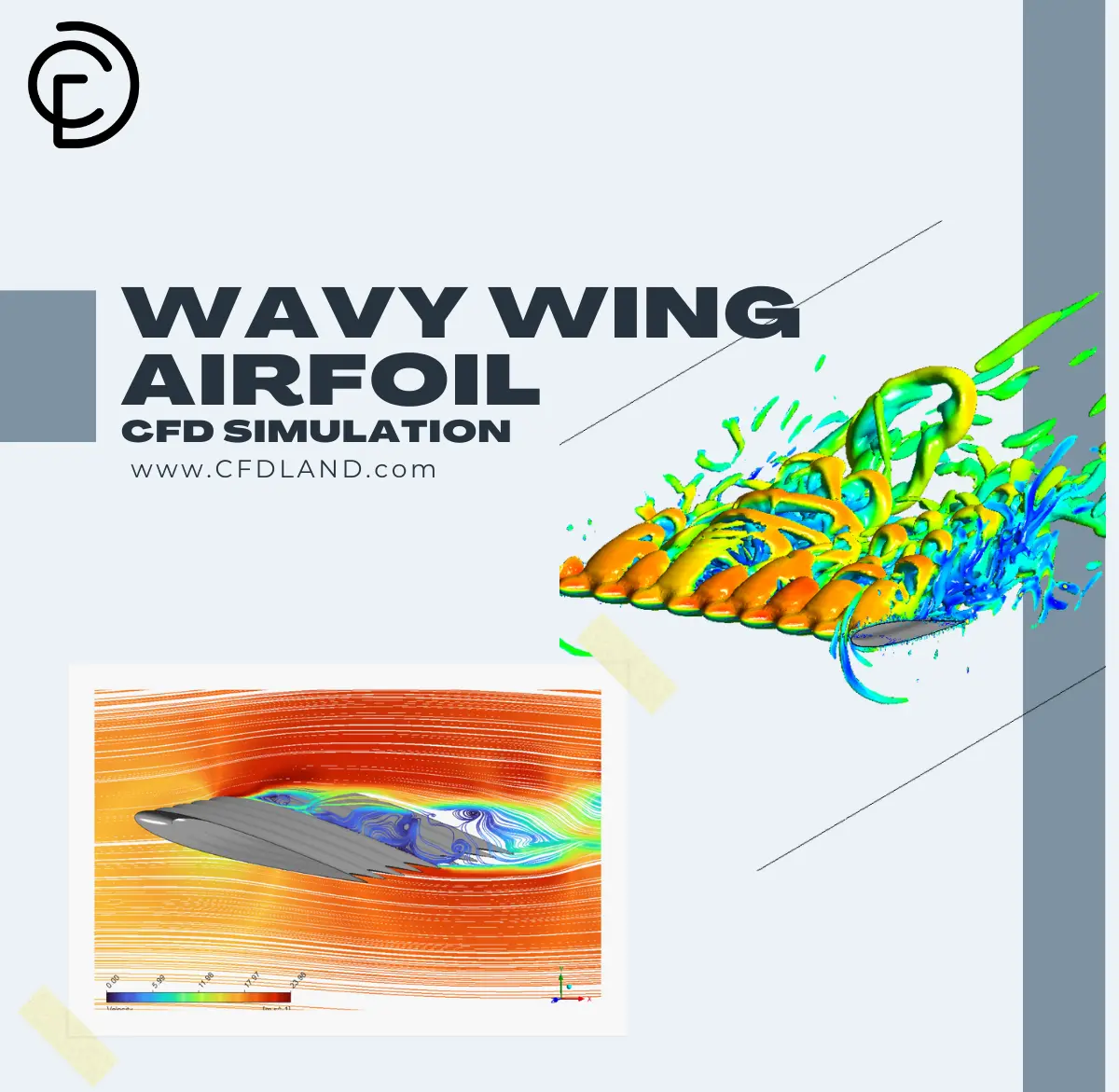
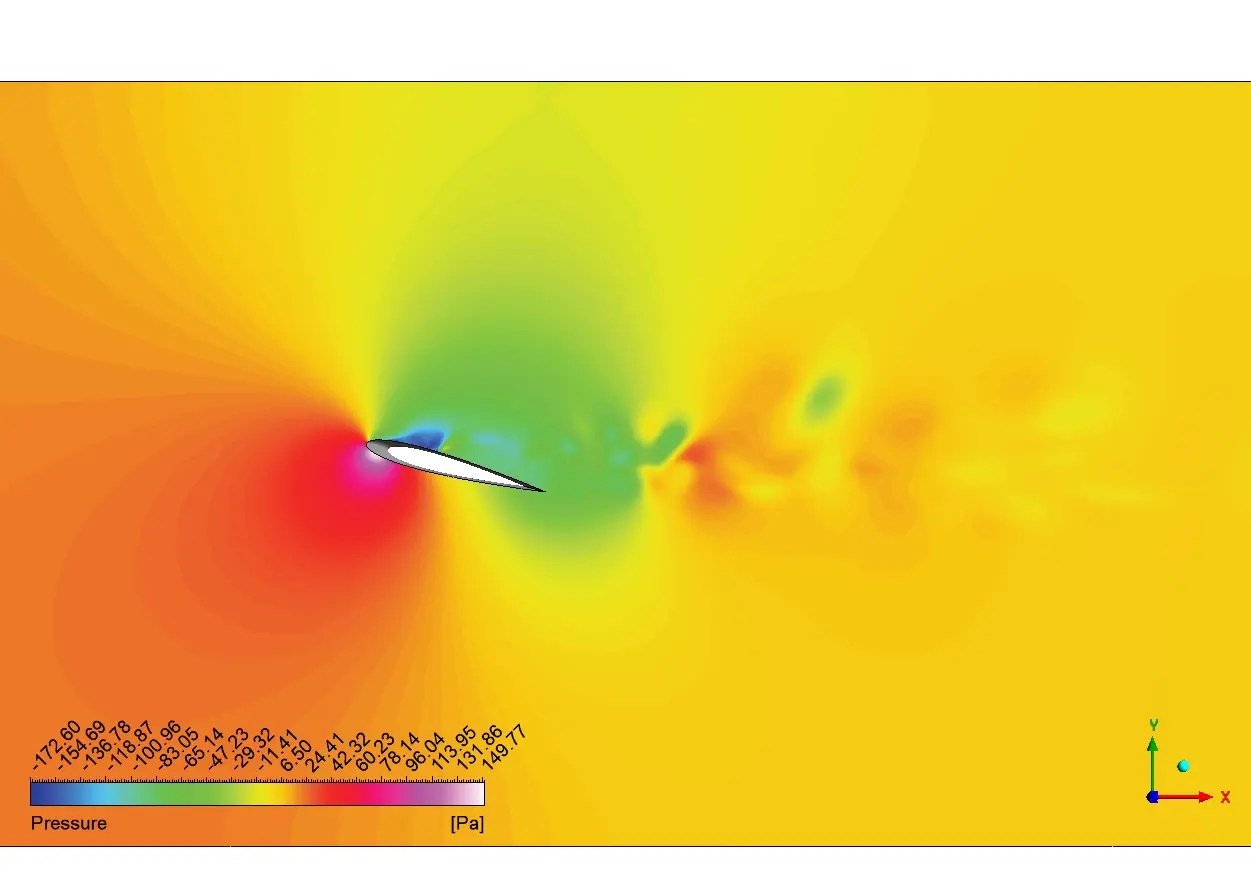
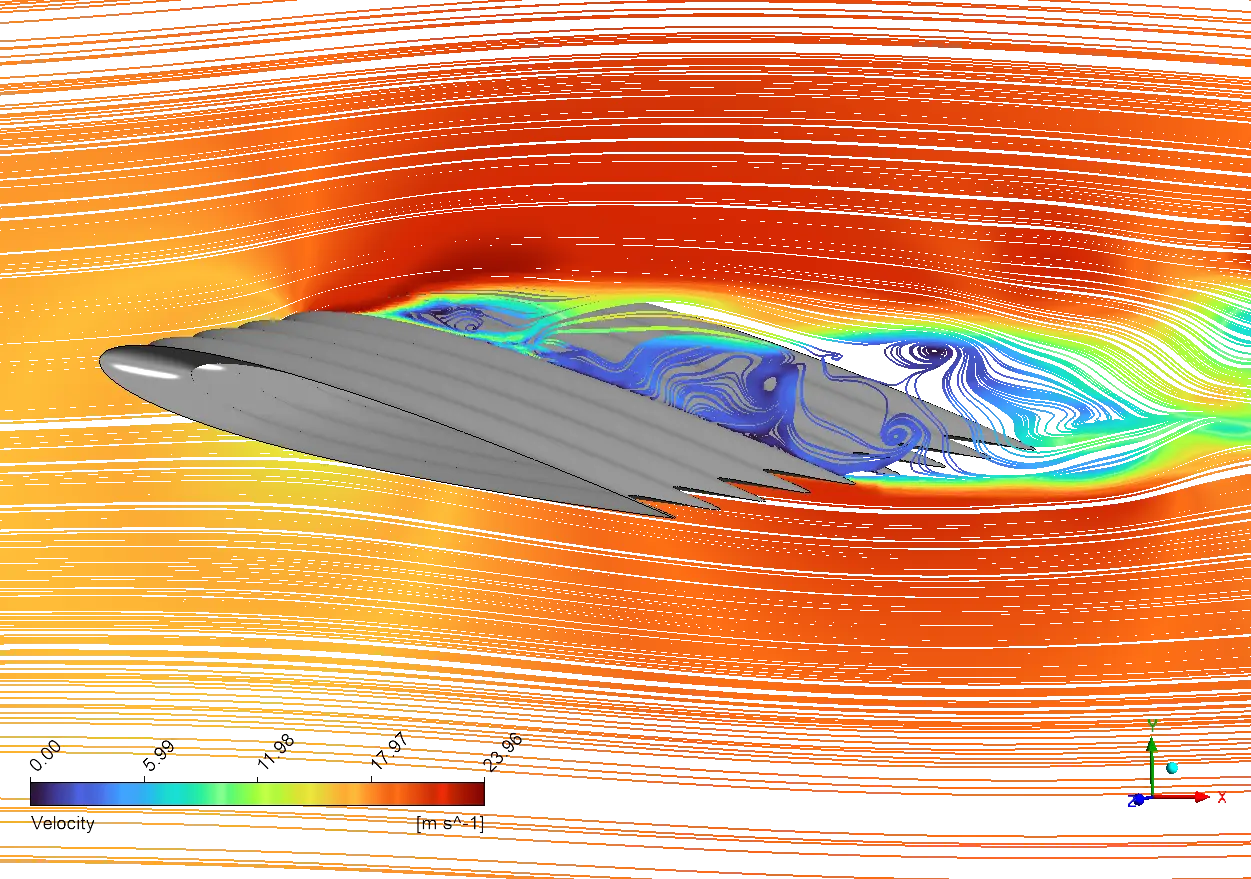
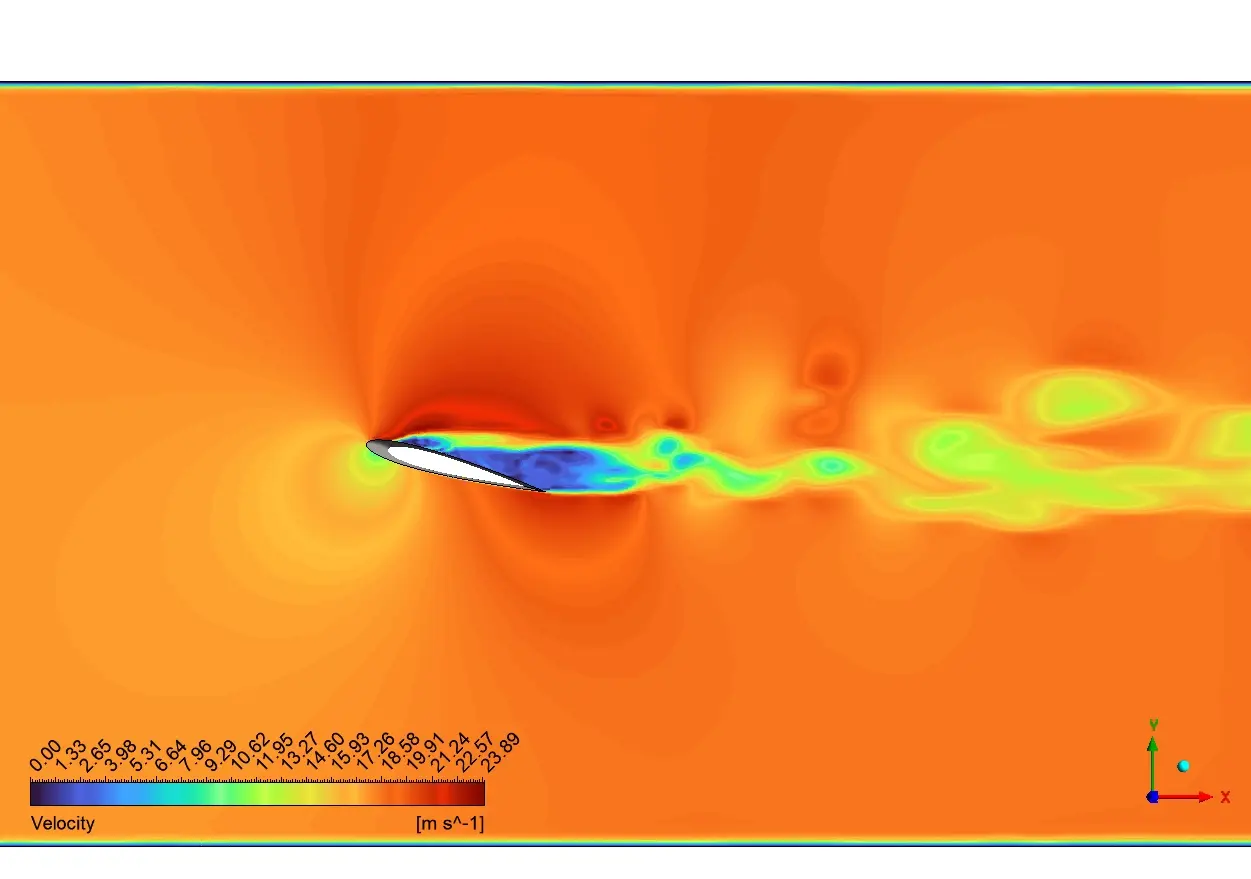
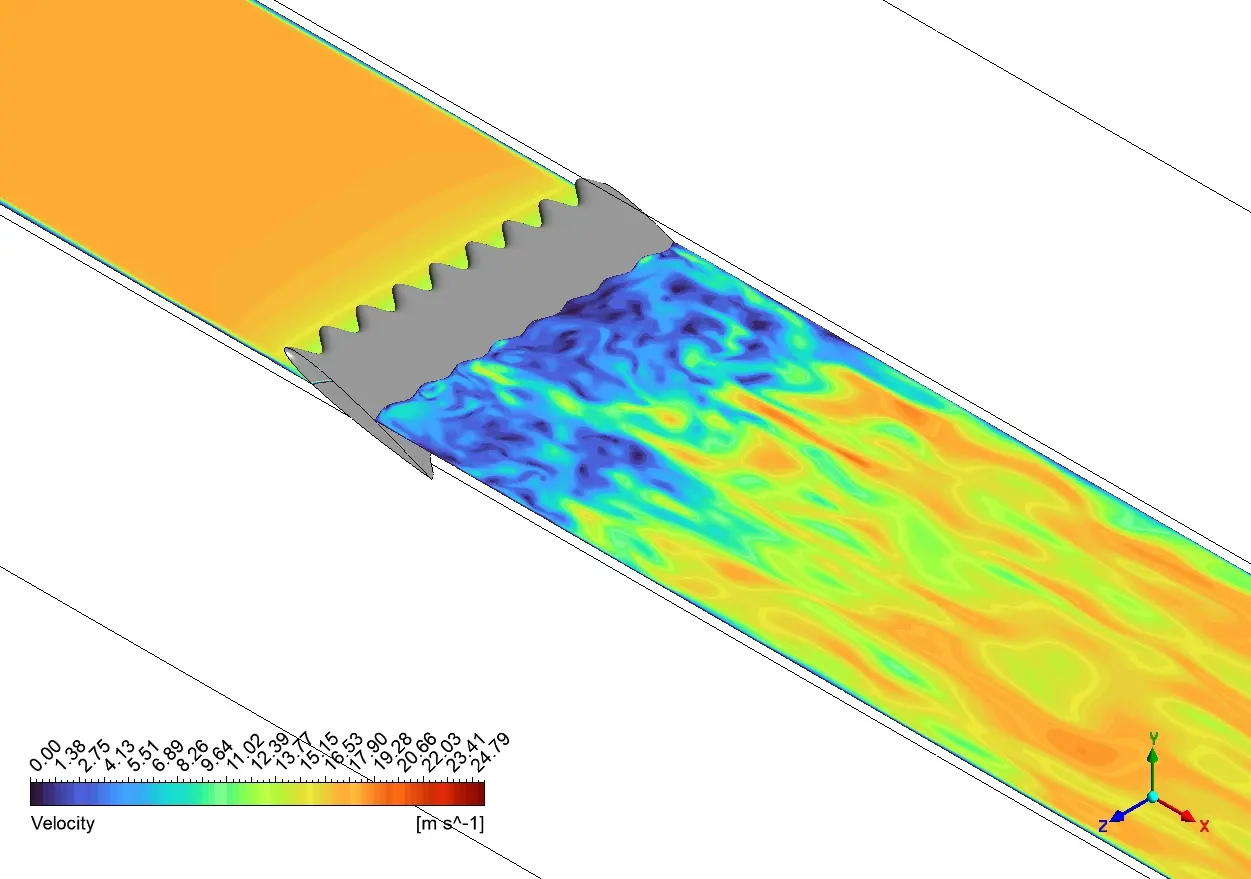
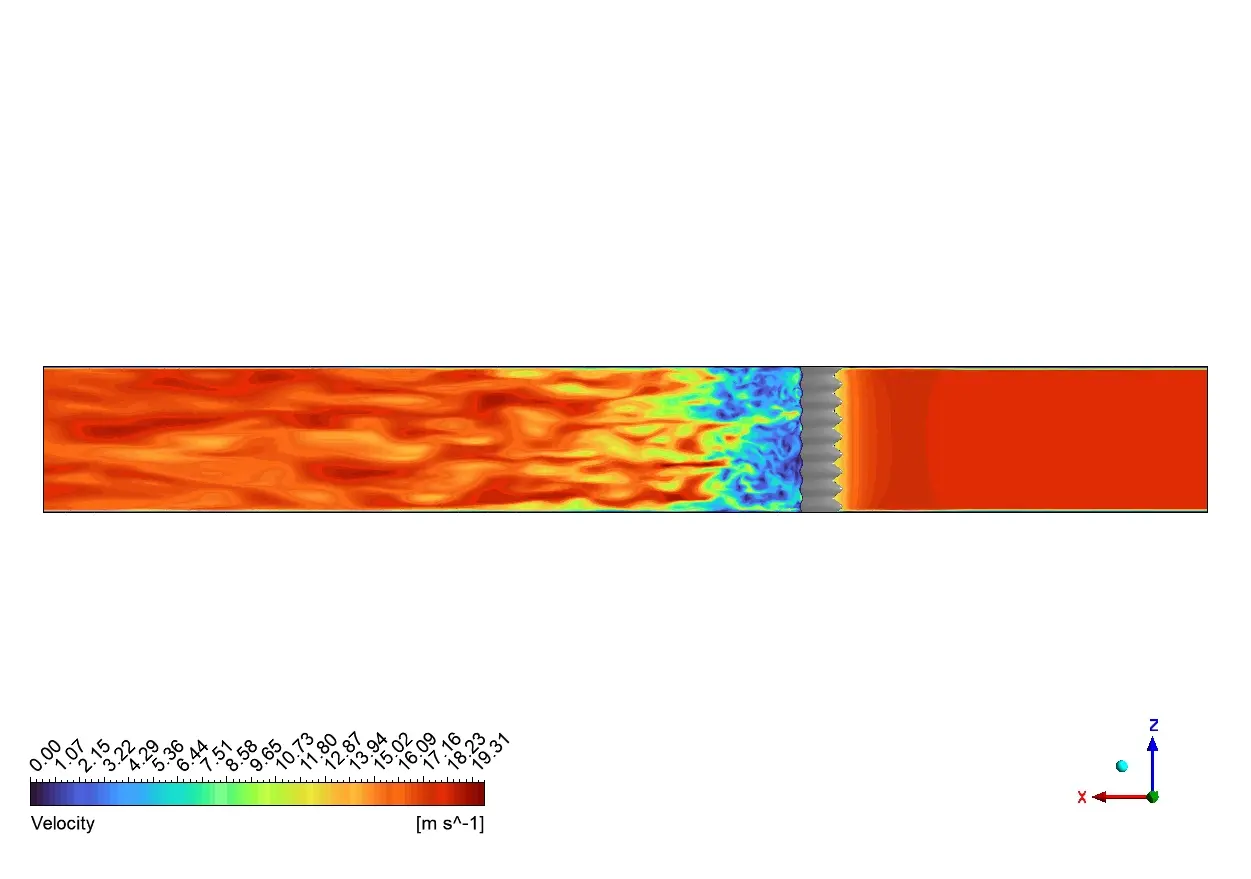
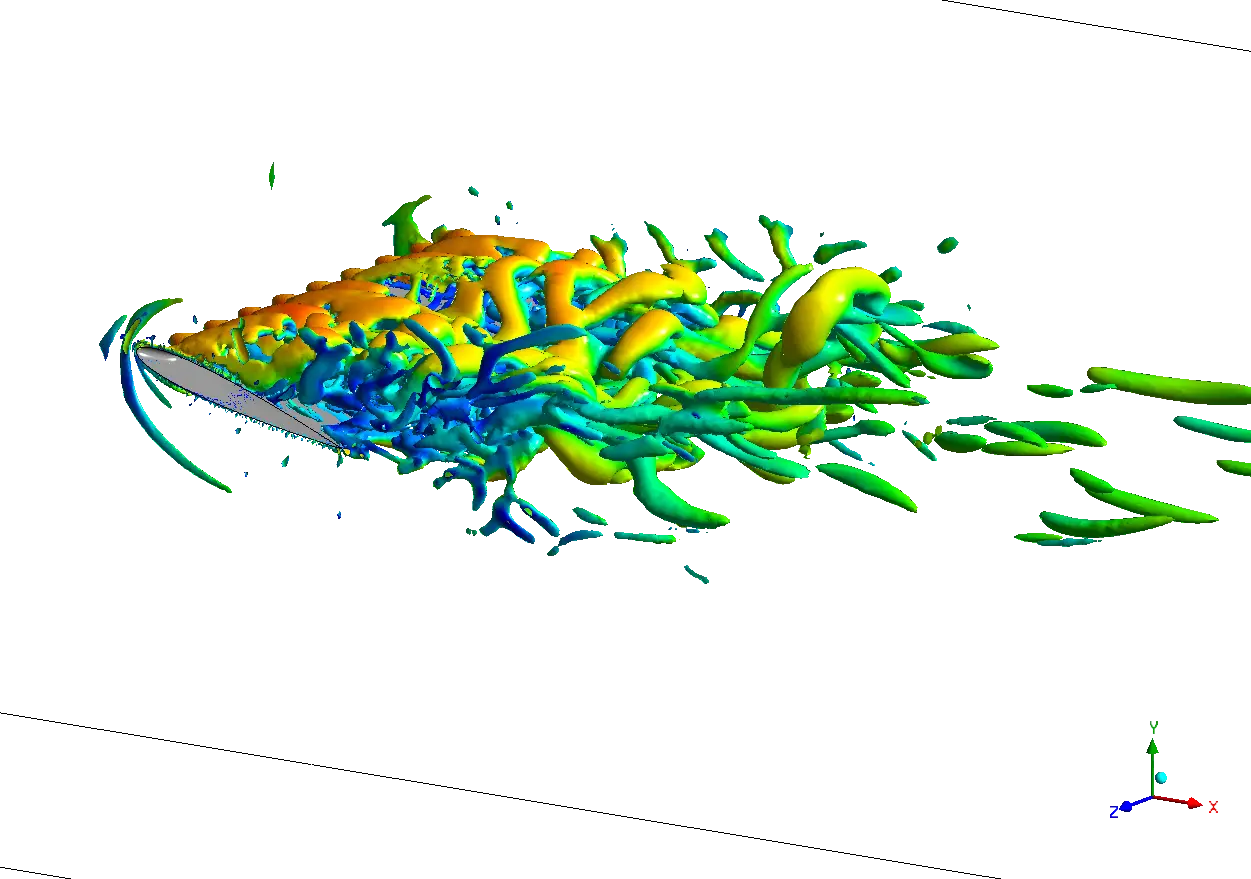
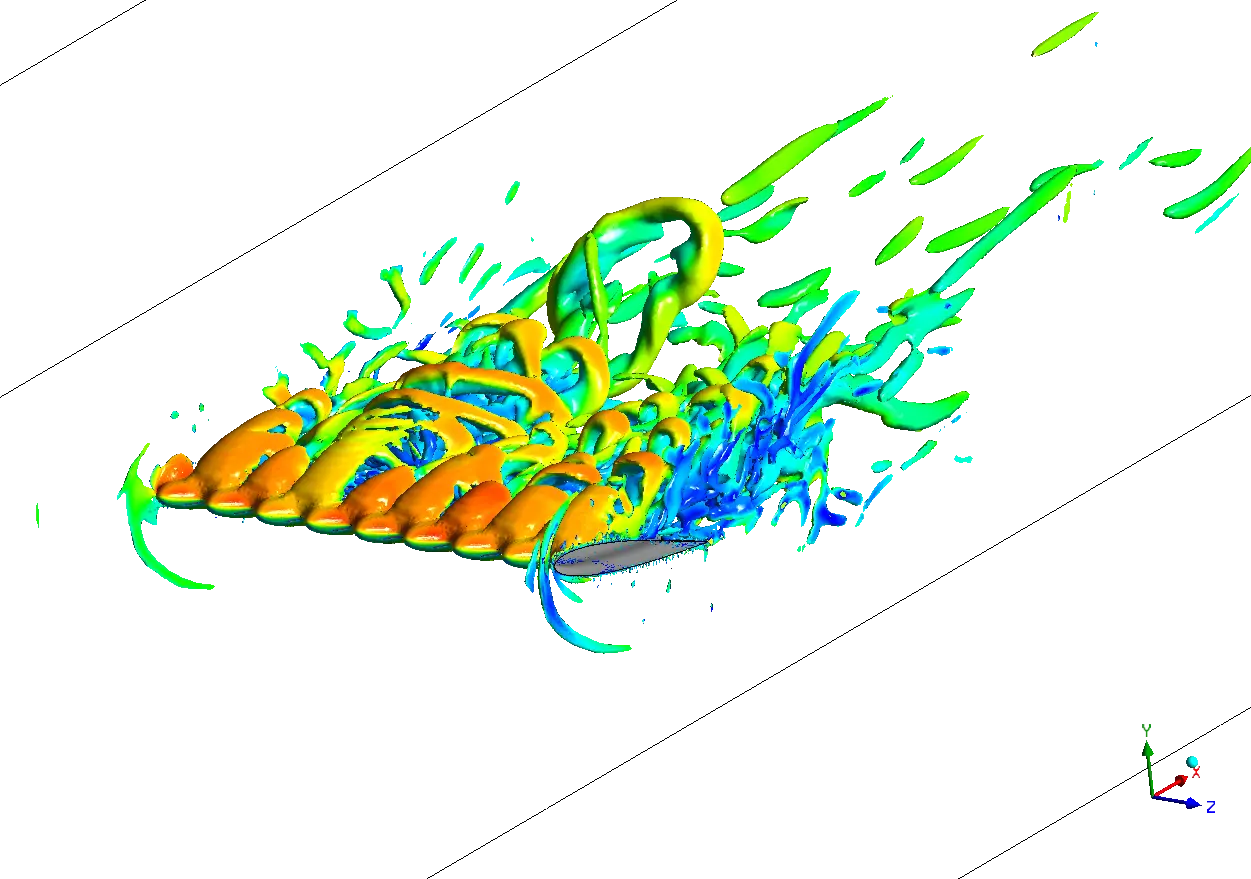
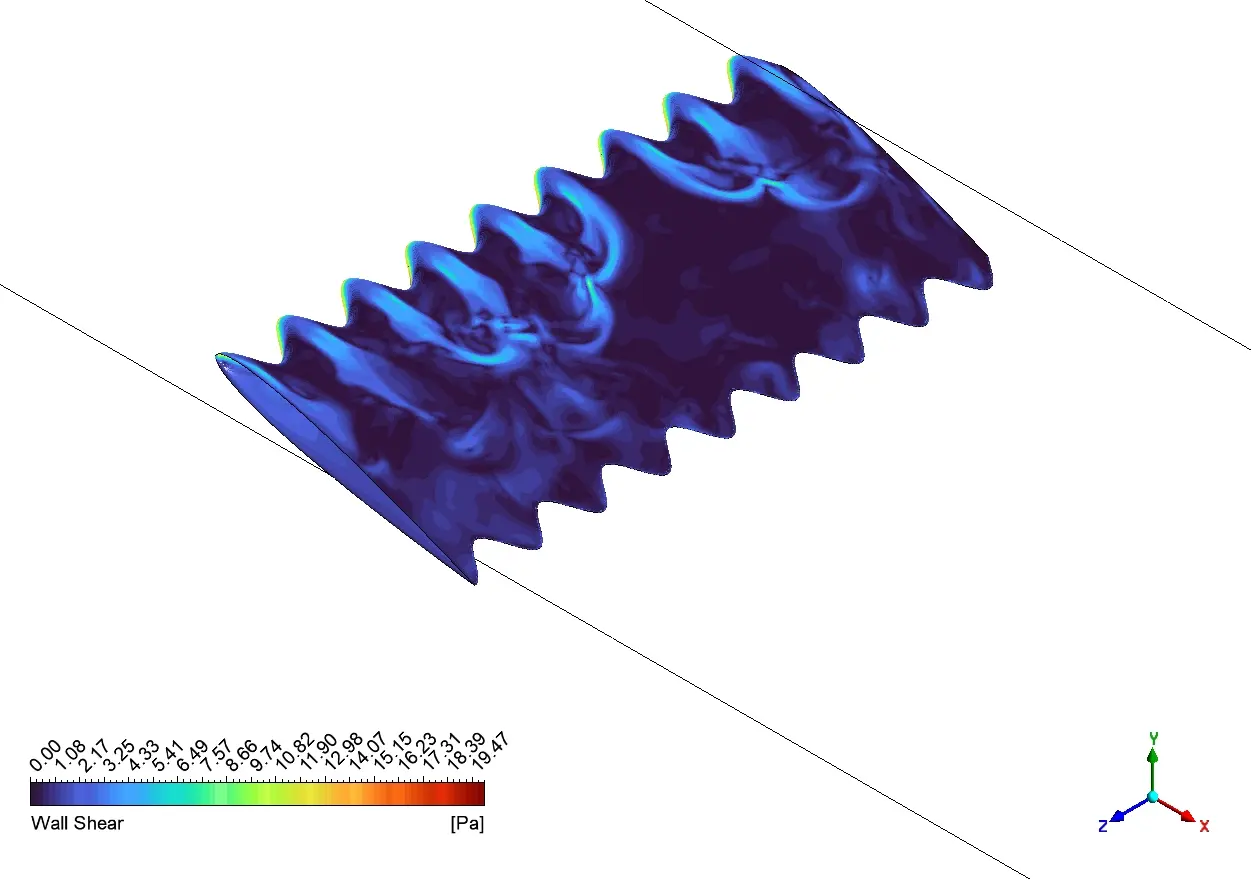
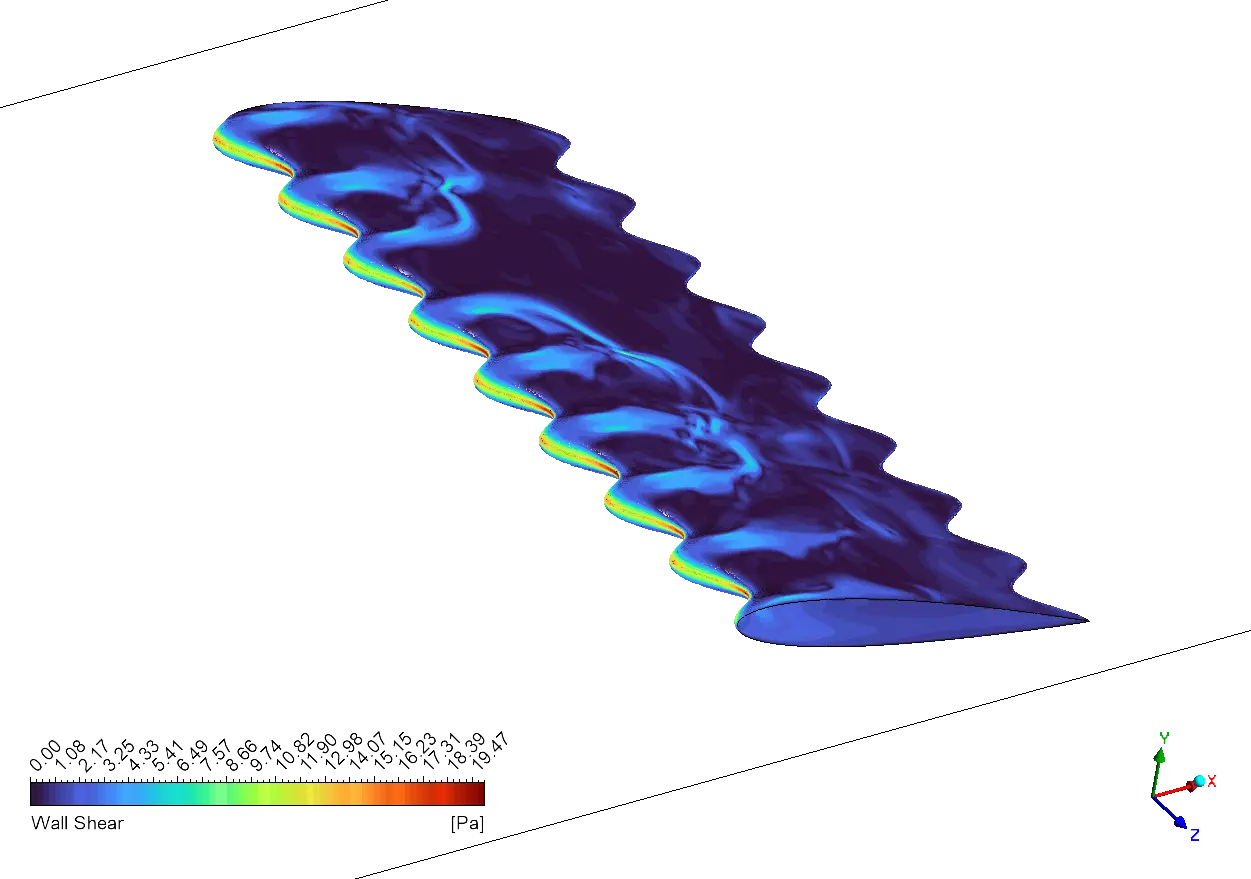
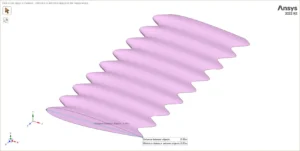
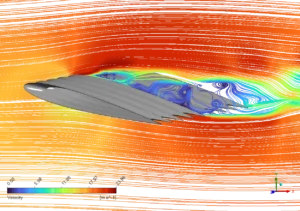
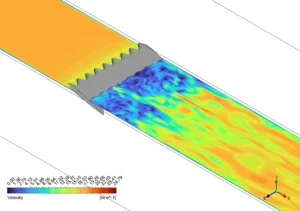
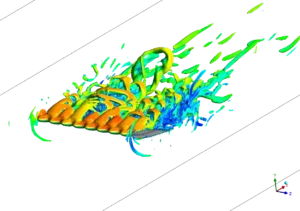





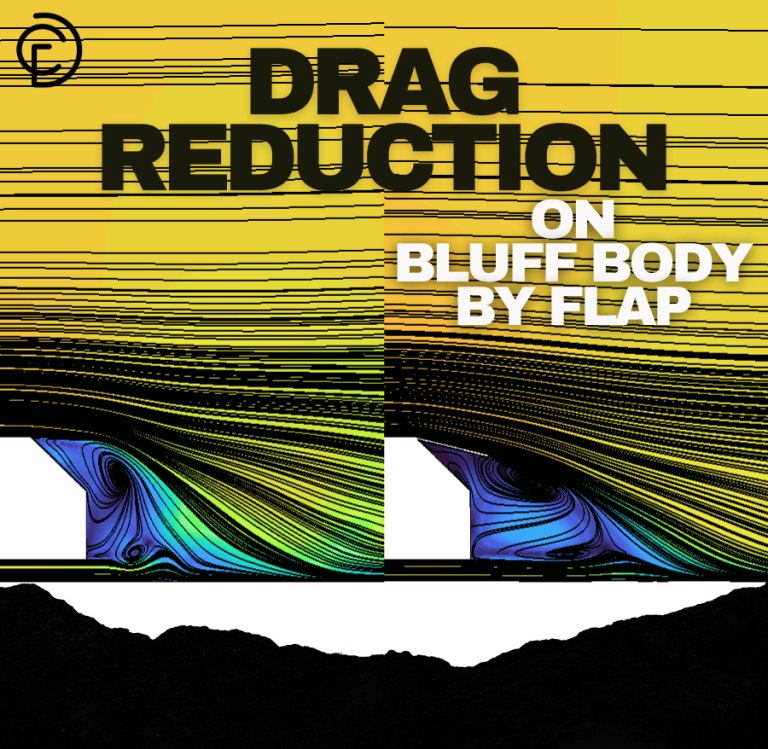
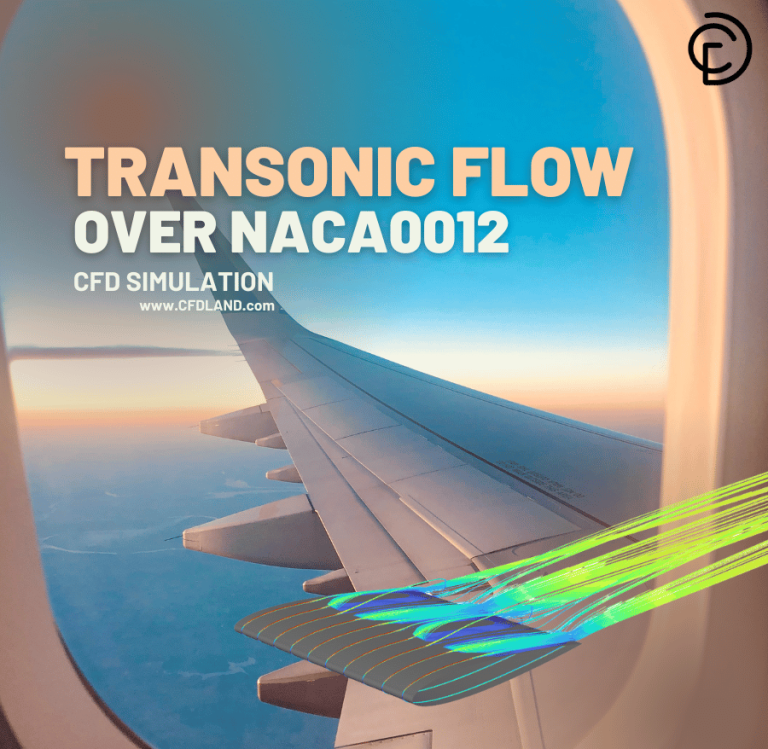

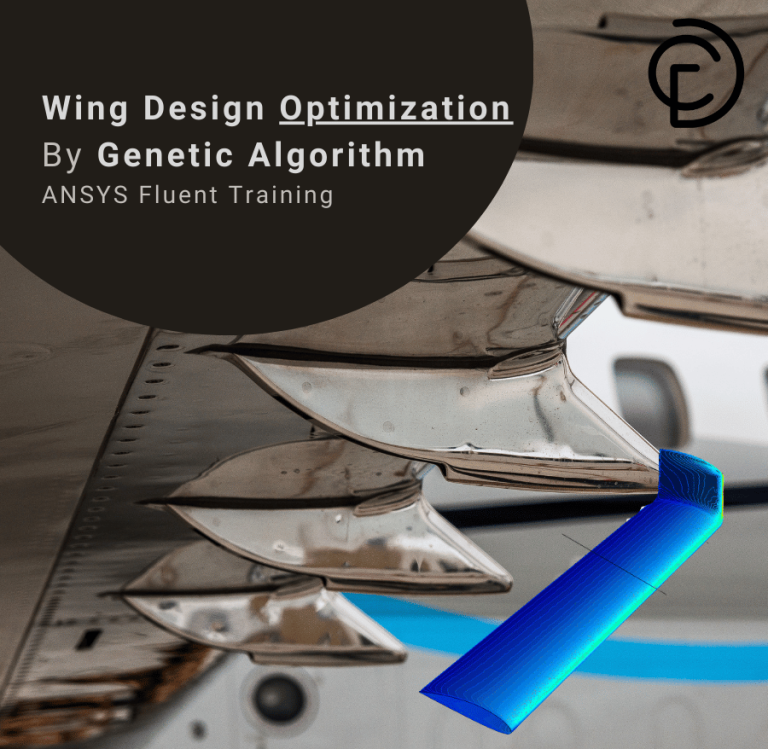
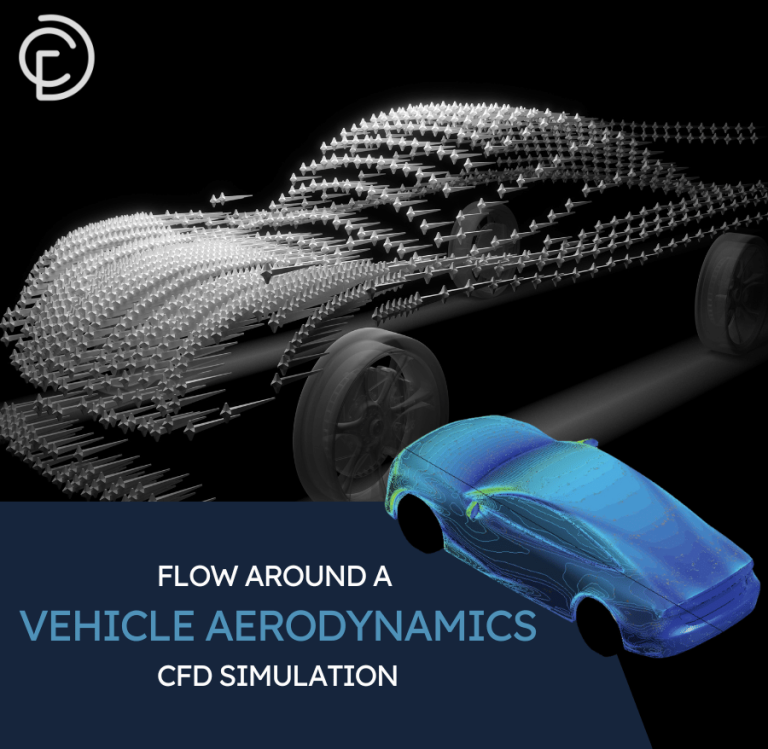
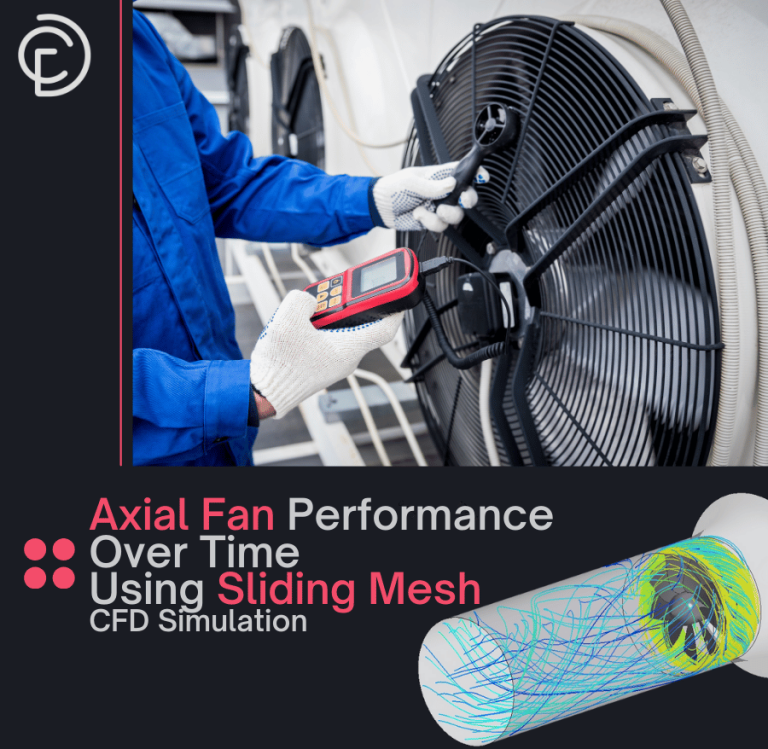
Reviews
There are no reviews yet.